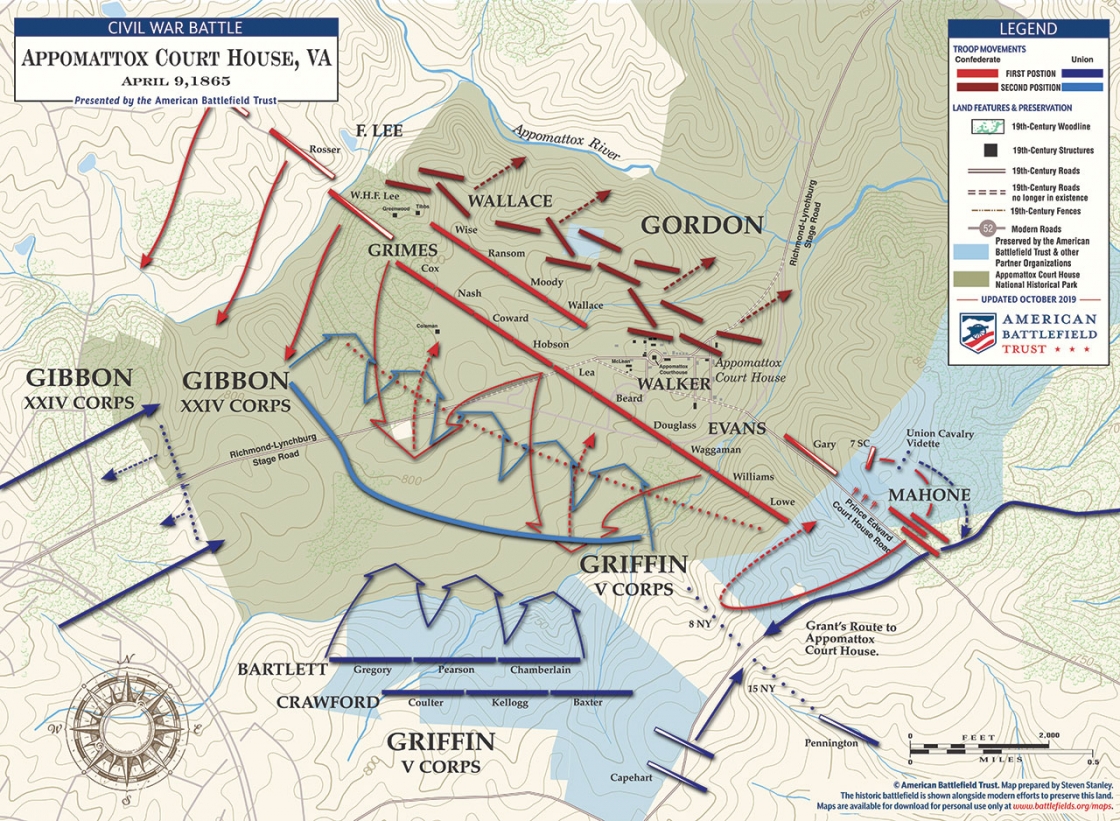Table Of Content

Lincoln’s priority – shared by Grant – was ‘to bind up the nation’s wounds’ and unite the country together again as a functioning democracy under the Constitution; extended retribution against the former Confederates would only slow down the process” (1). Join historians and history buff’s alike with our Unlimited Digital Access pass to every military history article ever published (over 3,000 articles) in Sovereign’s military history magazines. The best place to begin your visit is at the visitor center inside the reconstructed court house.
Feds say he masterminded an epic California water heist. Some farmers say he’s their Robin Hood
Wheneverpossible, these offices will try to put potential buyers or tenants intouch with potential sellers or lessors among the evacuee population. Itis should be emphasized, however, that the WRA has no authority to requisitionthe property of evacuees and cannot force any resident of a relocationcenter to sell or lease against his will. Final agreement on terms is solelya matter between the parties directly involved. Thespecific procedures being followed have been approved by the Departmentof Justice as sound from the standpoint of national security and have beenendorsed by the War Manpower Commission as a contribution to national manpowerneeds. As the program moves forward, the costs of maintenance of the relocationcenters will be steadily reduced.
The Battle of Appomattox Court House
This location was virtually deserted after removal of the county seat to the new town of Appomattox in 1892 but was made a national historical monument in 1940; its buildings, including the McLean House, in which the formal surrender took place, were restored to their 1865 condition. When Lee departed from Amelia Court House, he saw that Grant’s army was marching parallel to his movements west along the Appomattox River. Lee determined that he would be unable to proceed southwest and into North Carolina as planned. He decided to alter his strategy and march west with haste toward Farmville, Virginia, where he would receive rations from the South Side Railroad.
All battles of the Appomattox Campaign
Meanwhile, the Confederate batteries that were not engaged did their best to escape west towards Lynchburg or north towards Oakville. On the afternoon of April 8, 1865, four supply trains awaited Lee’s army at Appomattox Station. The news reached Federal Major General George A. Custer and he rapidly pushed his division forward with the 2nd New York Cavalry in the lead. These trains are loaded with supplies—clothes, blankets, equipment, ordnance, medical supplies, and most importantly—food.
Atfirst, plans were made by the Western Defense Command and the WRA to buildaccomodations only for a portion of the 110,000 evacuated people. A considerablepercentage of them, it was hoped, would move out of the restricted areaand resettle inland on their own initiative. During March of 1942, some8,000 actually did move, but the great majority were held back by limitedresources, general uncertainty, and mounting signs of community hostilityin the intermountain region. By the latter part of March, it had becomeapparent that such a large-scale exodus could be handled effectively ona planned and systematic basis. Accordingly, all further voluntary evacuationwas halted by the Western Defense Command on March 29 and plans were initiatedby the WRA for establishing relocation centers with sufficient capacityand facilities to handle the entire evacuated population for as long asmight be necessary. After the battles of Appomattox Station on April 8, 1865, and Appomattox Court House on April 9, 1865, General Lee met General Grant at the home of Wilmer McLean and surrendered the Army of Northern Virginia--signaling the beginning of the end of the Civil War.

Sign up for Inside History
But Grant had anticipated Lee’s attempt to escape and ordered two corps (Twenty-fourth and Fifth), under the commands of Maj. Gen. John Gibbon and Bvt. Maj. Gen. Charles Griffin, to march all night to reinforce the Union cavalry and trap Lee. In retreat from the Union army’s Appomattox campaign, which began in March 1865, the Army of Northern Virginia stumbled westward through the Virginia countryside stripped of food and supplies. At one point, Union cavalry forces under General Philip Sheridan had outrun General Lee’s troops, blocking their retreat and taking approximately 6,000 prisoners at Sayler’s Creek. Since the nineteenth century, a more concerted effort has been made to preserve the history of Appomattox Court House for everyone to experience. The Appomattox Court House National Historic Park was created in 1940, and encompasses about 1,700 acres, including some of the battlefield land, the Court House, Lee’s headquarters, and a reconstructed McLean House (still missing much of its original furniture, which is scattered across the country).
A Tearful Farewell at the Stacking of Arms
The Army of Northern Virginia would surrender their arms, return home, and agree “not to take up arms against the Government of the United States.” At Lee’s request, Grant even allowed Confederates who owned their own horses to keep them so that they could tend their farms and plant spring crops. Grant then signed the document on the side table next to his chair and passed it to Lee for his signature. Firing of salutes spontaneously rang out as news of the surrender reached nearby Union lines. The Federals scored a decisive victory at the Battle of Sailor’s Creek on April 6, capturing about 7,000 Confederate soldiers, including nine generals. Lee ordered another in a series of night marches to move what remained of his army west. The Confederates crossed the Appomattox River that night but failed in their attempts to destroy the wagon bridge at High Bridge on the morning of April 7, enabling the Federals to continue their pursuit.
United States Colored Troops at Appomattox - Appomattox Court House National Historical Park (U.S - National Park Service
United States Colored Troops at Appomattox - Appomattox Court House National Historical Park (U.S.
Posted: Sun, 27 Mar 2016 21:24:24 GMT [source]
Appomattox Court House National Historical Park
The phenomenon was not limited to the upper echelons – soldiers of all ranks from both armies tried to take a piece of their experience home with them. Northerners bought Confederate dollars from the Rebels, and soldiers tore up their own regimental flags as souvenirs. The official copies of the surrender terms signed by Lee and Grant were drafted by Grant’s personal military secretary, Lt. Col. Ely S. Parker. He became friends with Grant after the Mexican-American War, and Grant secured an officer’s commission for him. He accompanied Grant to the McLean house on April 9 and witnessed the surrender.
Battle of Appomattox Court House
On the right of the Army of the James, from the south, came Major General Charles Griffin’s 5th Corps, slanting north at an angle across the fields toward Appomattox Court House, advancing through the Trent and Sears properties and encountering Confederate skirmishers. On the extreme right of the 5th Corps skirmish line is the 185th New York Infantry and 198th Pennsylvania Infantry commanded Brigadier General Joshua Chamberlain. Chamberlain’s men, under fire from batteries near the edge of the village (among them the Richmond Howitzers and the Salem Flying Artillery) advanced to the vicinity of the Mariah Wright house when a white flag approached.
In September of 1861, Oregon Senator, Edward Baker, was sent to Philadelphia to fund and command a brigade in the name of California.The California Brigade, as it became known, was comprised of the 1st, 2nd, 3rd, and 5th California Infantries. California was viewed as a valuable asset to the Union due to its rich gold deposits. The coast of Southern California would have provided the Confederacy with a much-needed open harbor, unaffected by the Union Blockade.
The brigade consisted of the 1st Maine, 2nd New York Mounted Rifles, and the 6th and 13th Ohio. Smith moved Lieutenant James H. Lord’s two 3-inch Ordnance Rifles (cannon) forward, supported by skirmishers of the 1st Maine. Though foggy, Lord’s men began sending rounds into the Confederate camps with some effect—one shell striking John Ashby of the 12th Virginia Cavalry (now buried in the Confederate Cemetery). Jesse Hutchins of the 5th Alabama Battalion was killed in front of the Courthouse building. The cavalry circumvented the Courthouse and galloped towards the George Peers’ house. While passing the Rosser shops a member of the 5th Alabama Battalion put a bullet through Root’s neck, unhorsing him and killing him instantly, those following were met by a volley a line of troops formed in the vicinity of the Peers home.

No comments:
Post a Comment